Match the reactions in Column I with appropriate types of steps/reactive intermediate involved in these reactions as given in Column II.
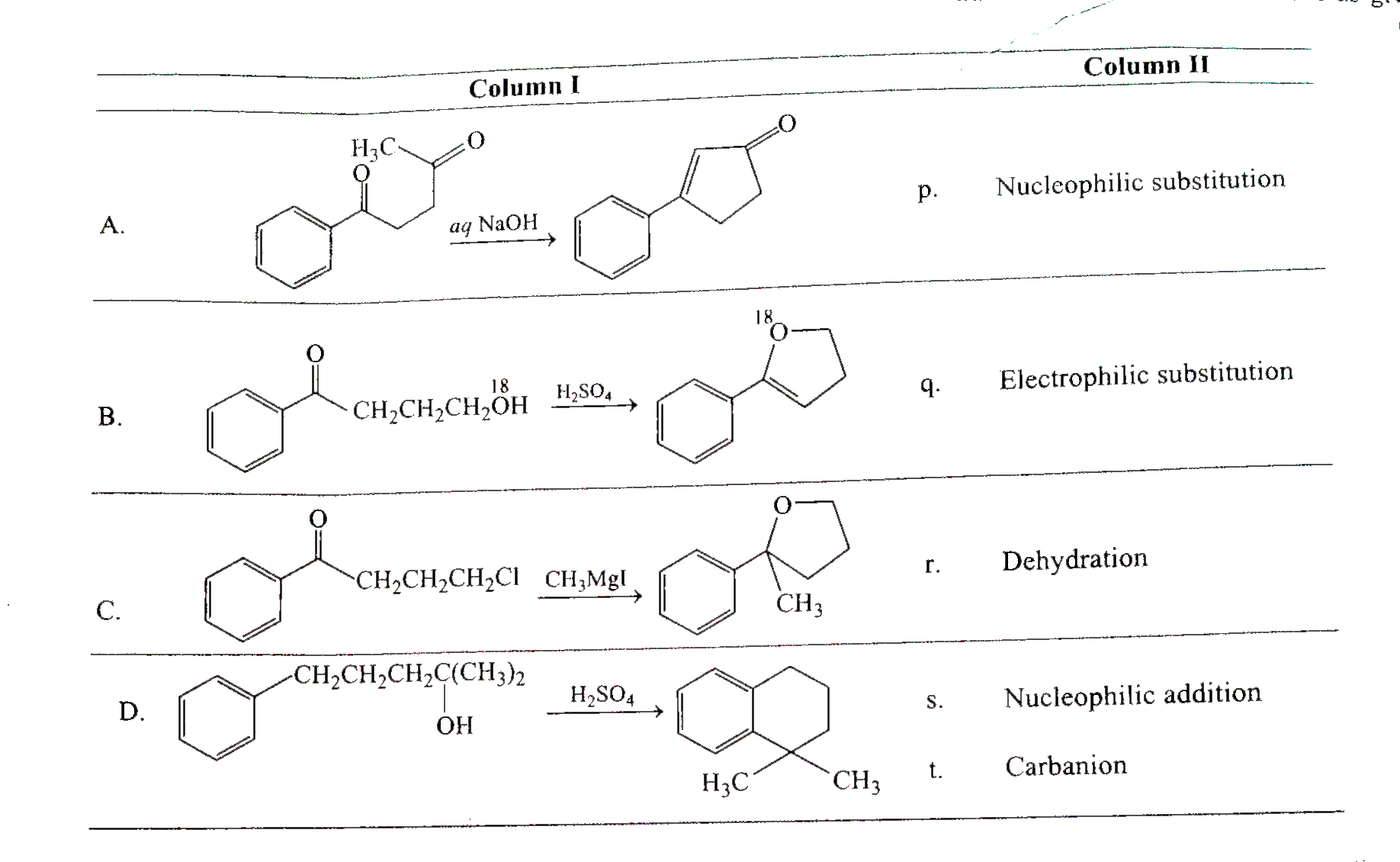
The correct Answer is:(A-r,s,t);(B-p,s);(C-r,s);(D-q,r)
Step by step video & image solution for Match the reactions in Column I with appropriate types of steps/reactive intermediate involved in these reactions as given in Column II. by Chemistry experts to help you in doubts & scoring excellent marks in Class 12 exams.
Updated on:21/07/2023Topper's Solved these Questions
- CARBONYL COMPOUNDS (ALDEHYDES & KETONES ) & CARBOXYLIC ACID BOOK - RESONANCE ENGLISHCHAPTER - CARBONYL COMPOUNDS (ALDEHYDES & KETONES ) & CARBOXYLIC ACID EXERCISE - PART- IV
13 Videos
- CARBONYL COMPOUNDS (ALDEHYDES & KETONES ) & CARBOXYLIC ACID BOOK - RESONANCE ENGLISHCHAPTER - CARBONYL COMPOUNDS (ALDEHYDES & KETONES ) & CARBOXYLIC ACID EXERCISE - Exercise-3
1 Videos
- CARBONYL COMPOUNDS (ALDEHYDES & KETONES ) & CARBOXYLIC ACID BOOK - RESONANCE ENGLISHCHAPTER - CARBONYL COMPOUNDS (ALDEHYDES & KETONES ) & CARBOXYLIC ACID EXERCISE - Exercise-2 Part-I
1 Videos
- BIOMOLECULES & POLYMERBOOK - RESONANCE ENGLISHCHAPTER - BIOMOLECULES & POLYMEREXERCISE - ORGANIC CHEMISTRY(Biomolecules & Polymer)
34 Videos
- CHEMICAL KINETICSBOOK - RESONANCE ENGLISHCHAPTER - CHEMICAL KINETICSEXERCISE - PHYSICAL CHEMITRY (CHEMICAL KNIETICS & RADIOACTIVITY)
49 Videos
Similar Questions
Match the reactions in Column I with appropriate options in Column II.
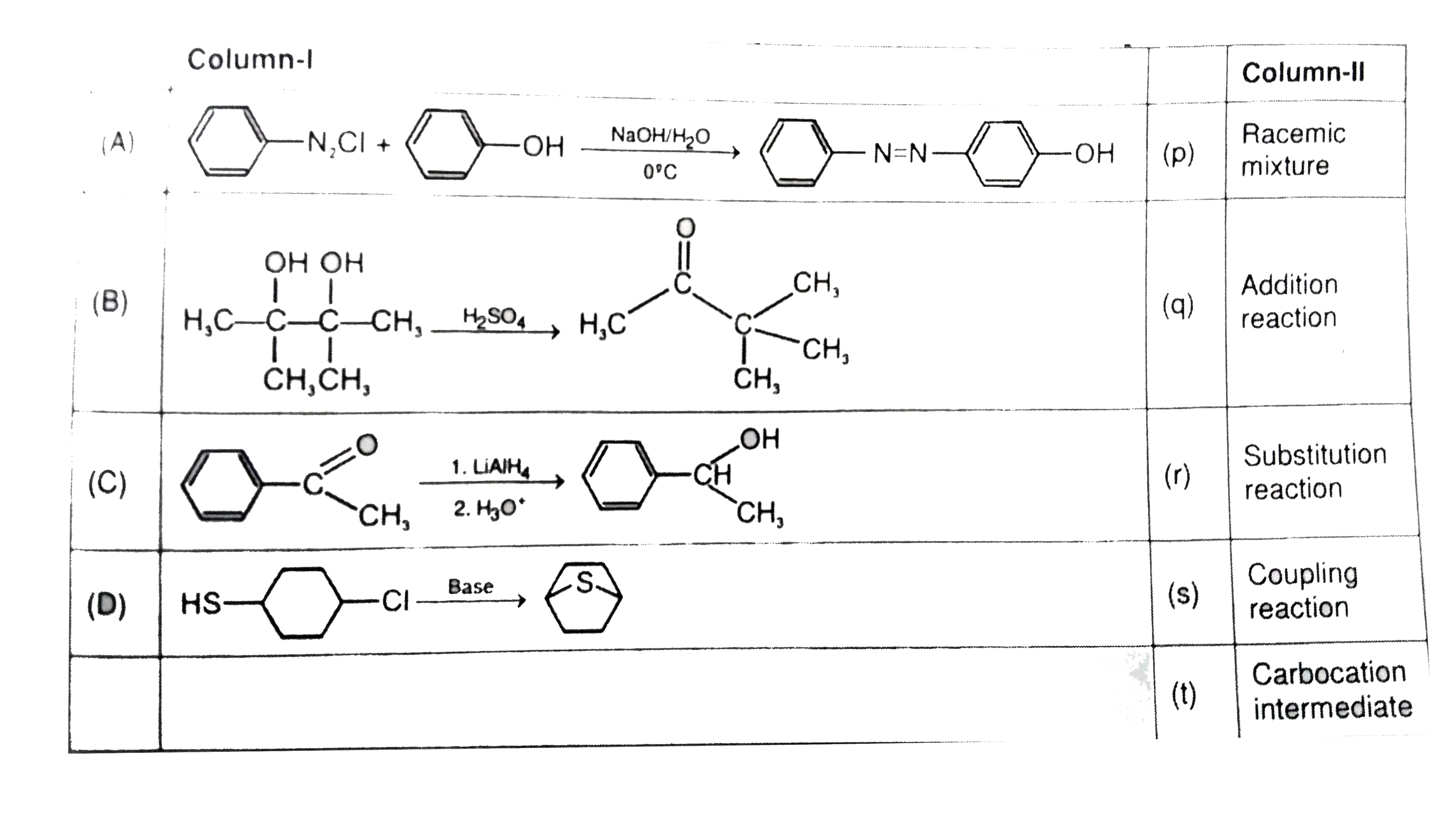
View SolutionMatch the reactions given in Column I with the type of reactions given in Column II
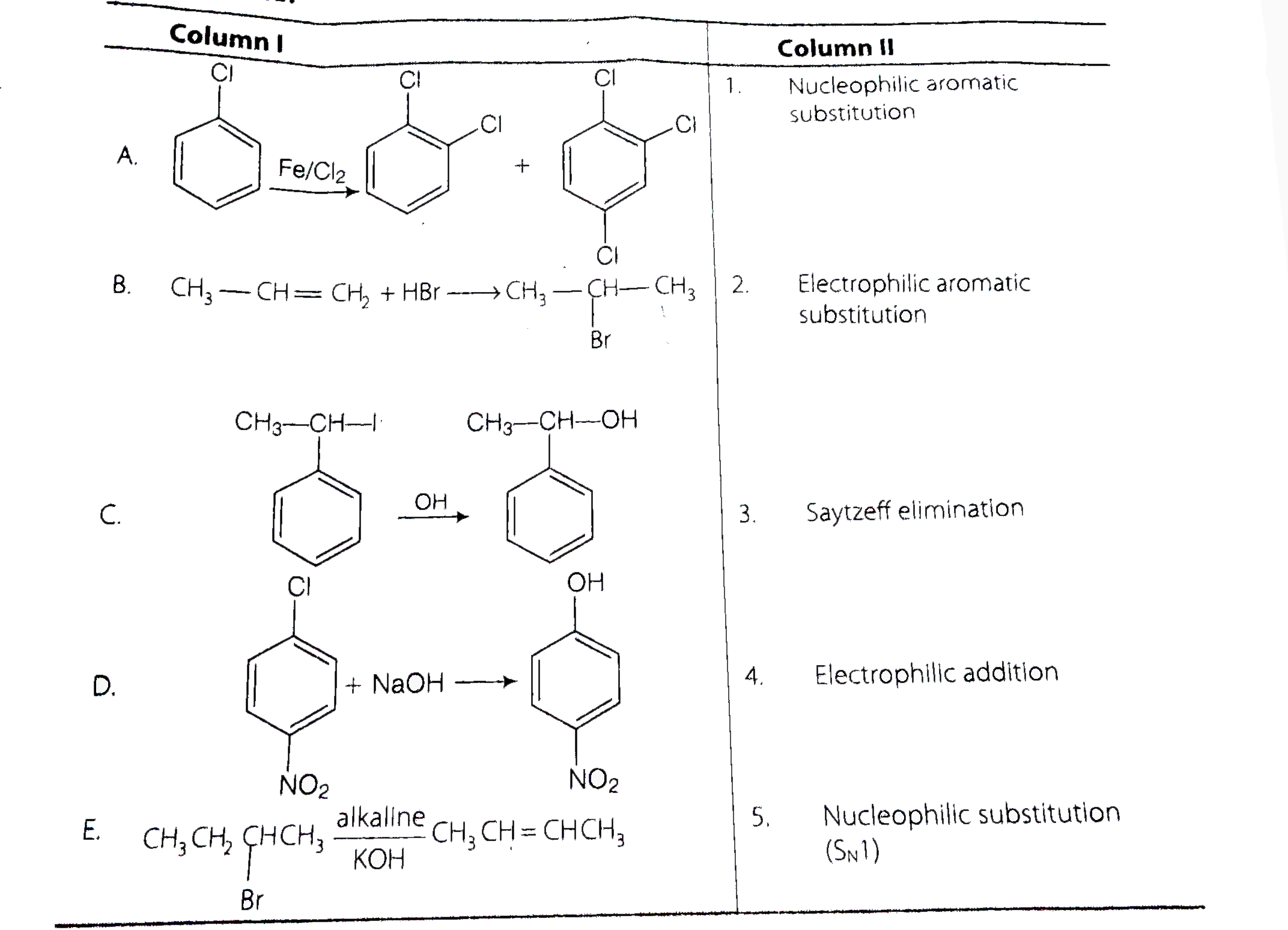
View SolutionMatch the reactions given in Column I with the reaction types in Column II.

View SolutionMatch the reactions in Column I with nature of the reactions / type of the products in Column II.
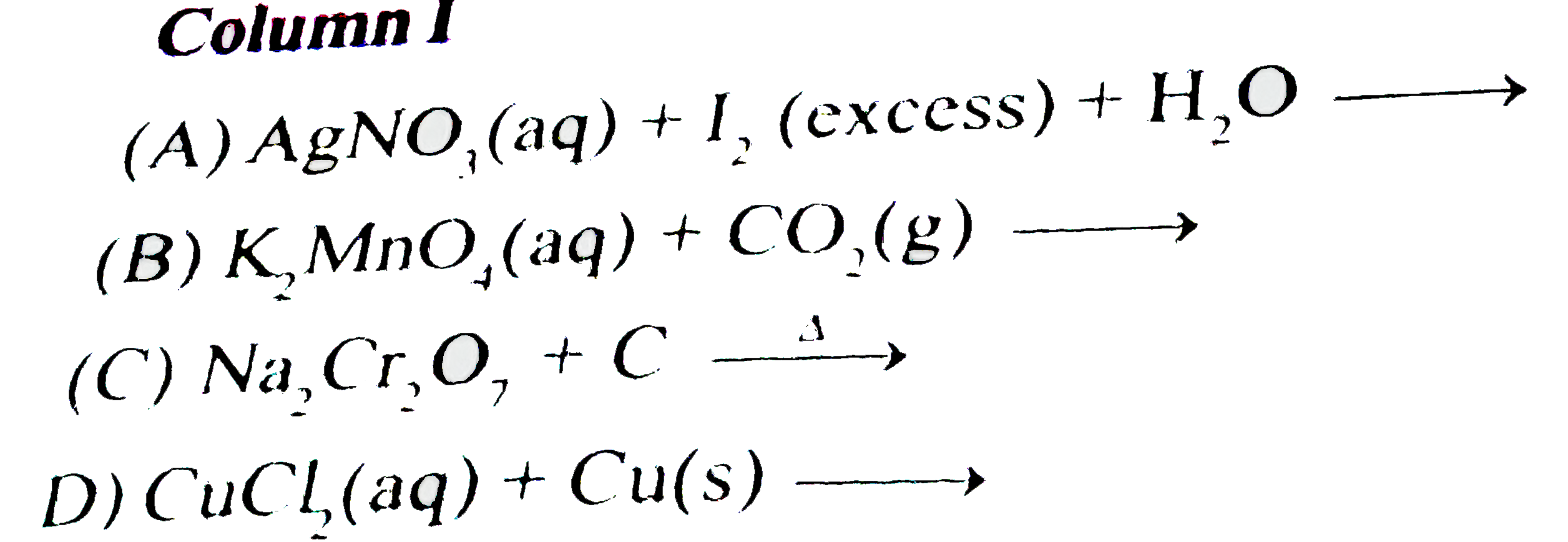

View SolutionMatch the reactions in Column I with nature of the reactions / type of the products in Column II.

View SolutionMatch the reactions in Column I with nature of the reactions / type of the products in Column II.
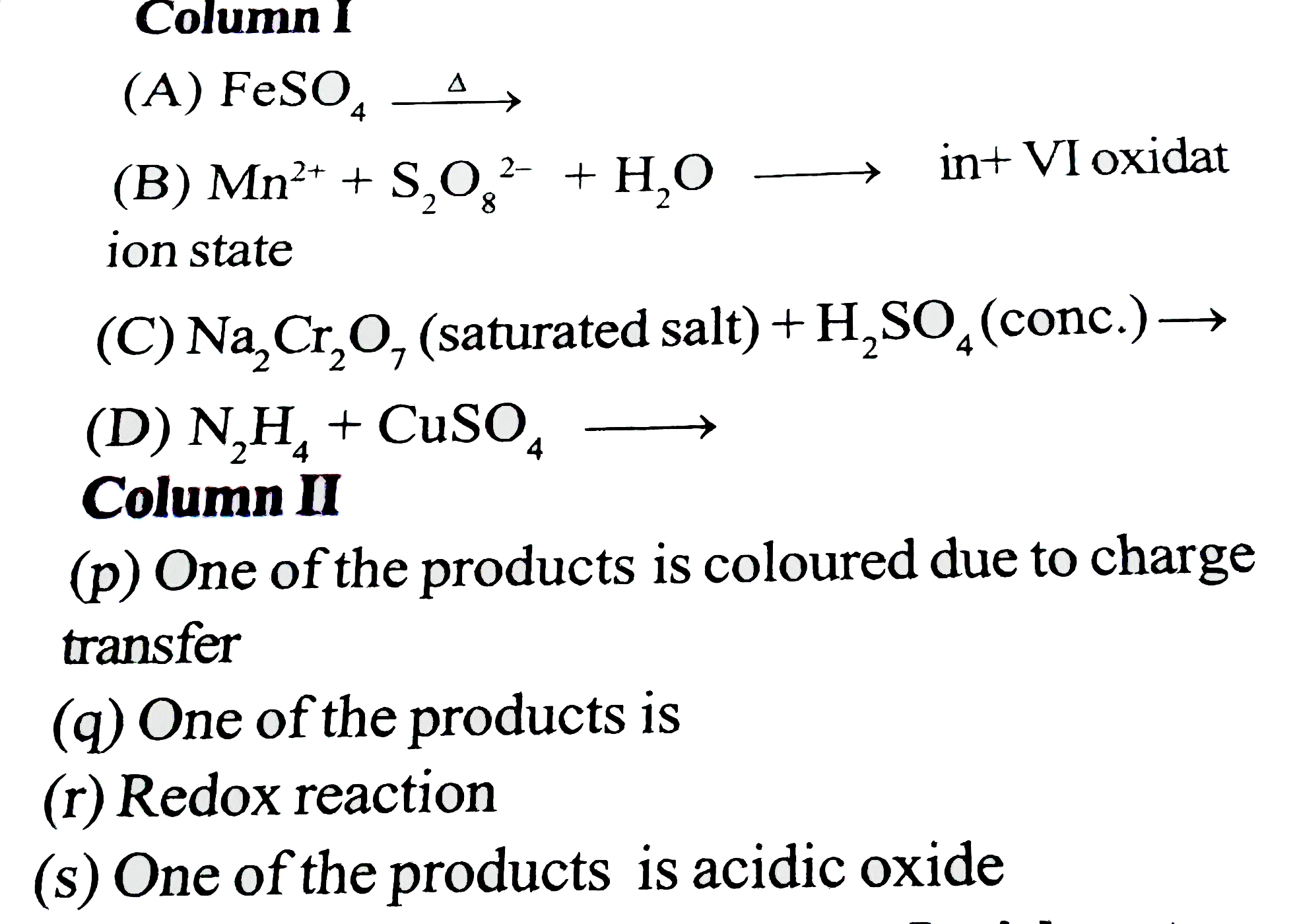
View SolutionMatch the reactions in column I with nature of the reaction/type of the products in column II.


View SolutionMatch the reactions given in Column I with the statements given in Column II

View SolutionMatch the reactions given in Column I with the statements given in Column II

View SolutionMatch the example given in Column I with the name of the reaction in Column II.
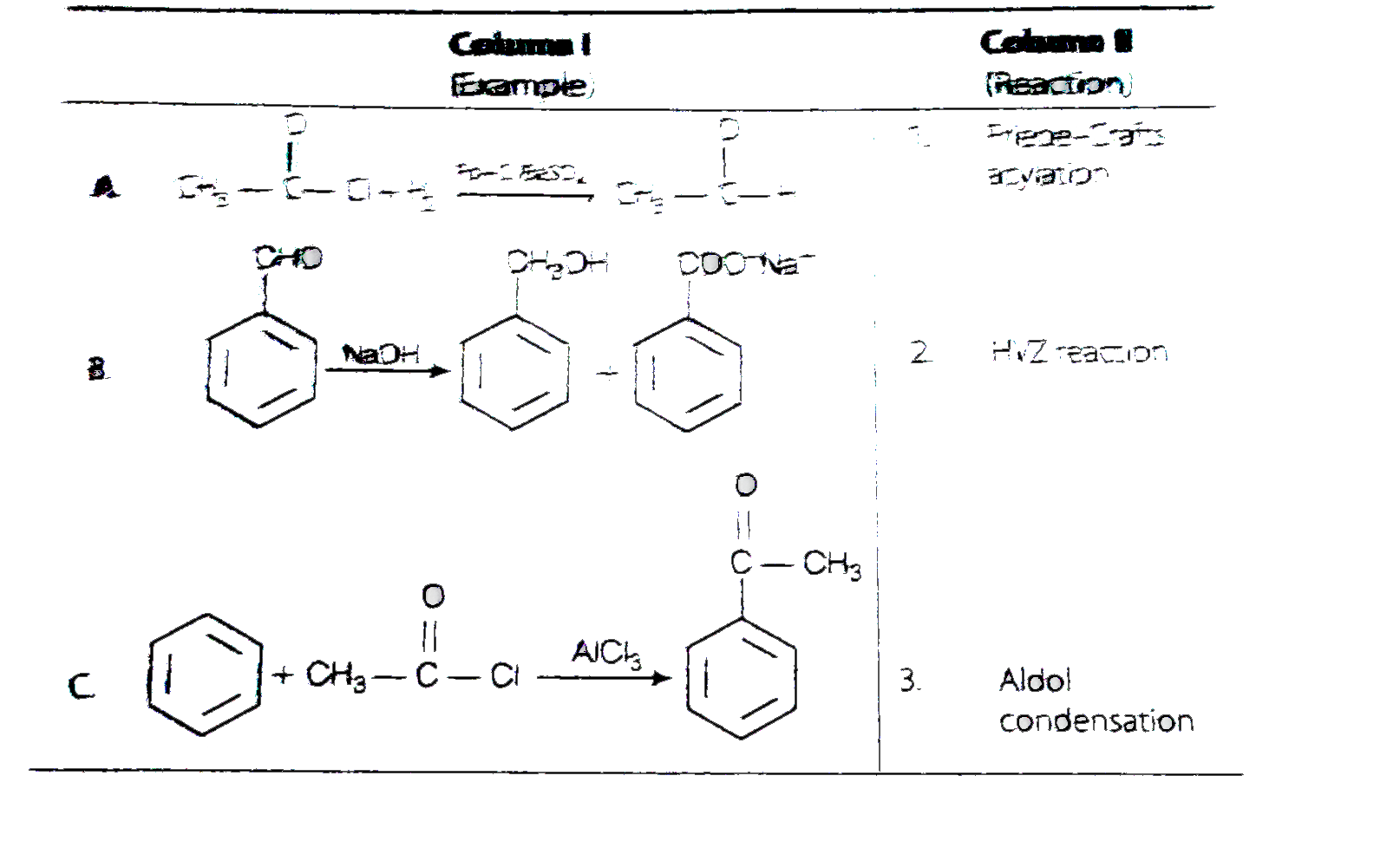
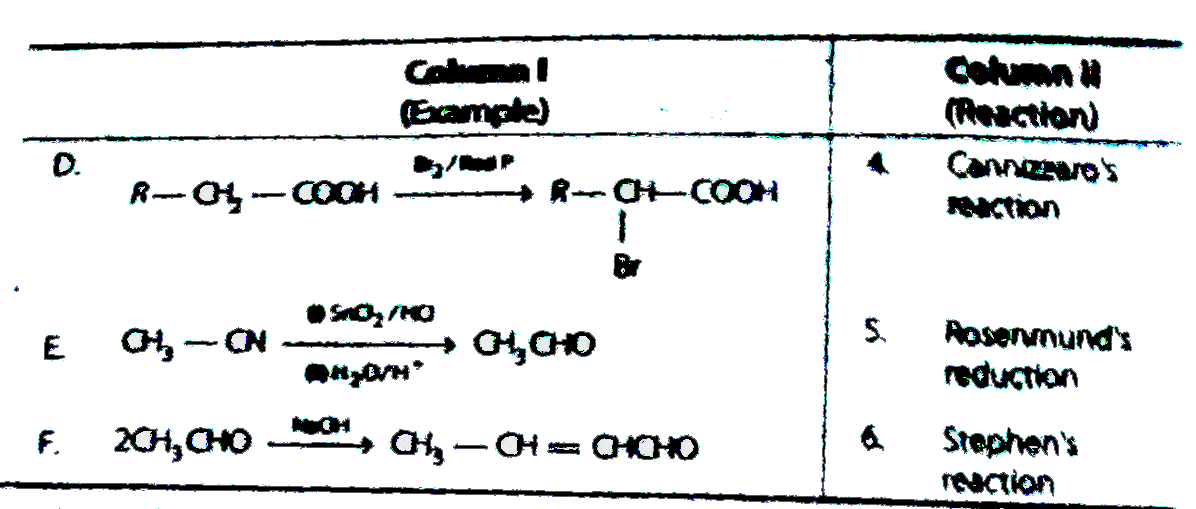
View Solution
